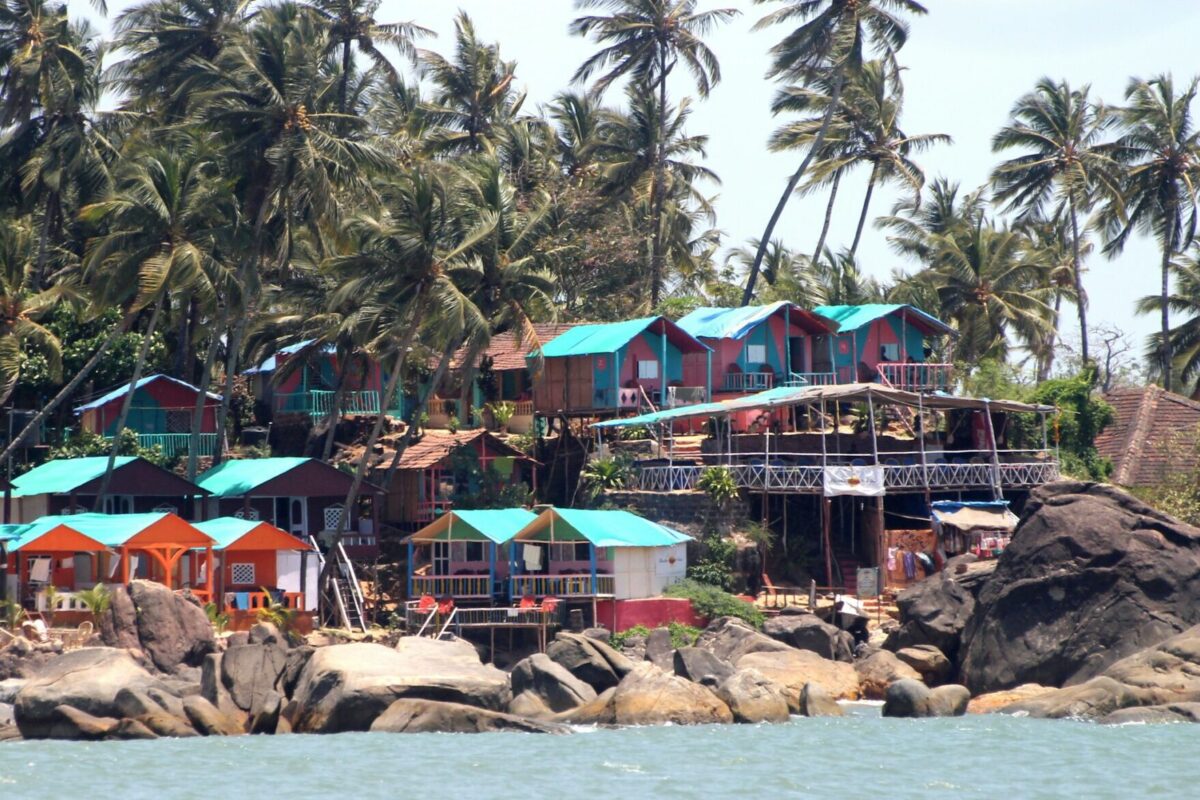Goa Tourism Minister On Vision to Turn Indian Beach Destination Into Digital Nomad Hub

Skift Take
Think of Goa and what comes to mind? Beaches, nightlife, and parties. Goa’s Tourism Minister Rohan Khaunte welcomes this image, but he wants travelers to see beyond it.
The smallest state in India aims to be ahead of the curve (at least for India) in attracting remote workers.
More than 50 countries now offer digital nomad visas, with South Korea, Japan, and Thailand the latest in Asia to cater to this growing segment.
In an exclusive interview with Skift, Khaunte shared Goa's thinking: “Digital nomads represent a high-spending segment that significantly boosts the local economy. We already host over 10,000 digital nomads from within India, and we aim to increase this number by creating the ideal environment for remote work,” Khaunte said.
He said digital nomads spend about 35% of their income in the destination making them a valuable addition to the state’s economy. “We must not miss the bus on this," he said.
According to a KPMG report, approximately 35% of the state’s population is involved in direct jobs in the tourism sector.
Attracting Digital Nomads
To draw in digital nomads, Goa plans to roll out high-speed internet across its rural areas and create coworking spaces along its iconic beaches. “By next year, we should have the infrastructure in place with beachside co-working spaces and high-speed internet to attract digital nomads and freelancers who don’t follow a typical 9-5 schedule,” Khaunte explained.
Building Infrastructure
Goa aims for 100% internet connectivity, making even the most remote villages accessible to digital nomads and enhancing the appeal of its homestay programs. Reliable internet in rural areas could encourage tourists to explore Goa's hinterlands.
These initiatives are part of a broader effort to promote Goa as a versatile and immersive destination for long-term stays.
With over 900 million internet users, India is the second largest online market in the world, behind China. Despite the large number and a consistent increase in accessibility, internet penetration in the country is just under 50%, which is below the worldwide average. As of April 2024, India was also the country with the largest offline population worldwide – around 643 million people without internet connection.
Promoting Goa as a digital nomad haven also means showcasing India, according to the tourism minister. “Digital nomads typically don’t stay in one place for more than three months, so they’re likely to explore multiple destinations within the country. This broader movement within India could enhance tourism nationwide, benefiting various regions beyond Goa,” Khaunte noted.
A Wishlist from Digital Nomads
Speaking on the Skift India Travel Podcast last year, Mayur Sontakke, the founder of NomadGao, a co-living and coworking space for digital nomads in India, said that important factors when choosing a destination for remote workers include reliable internet, a supportive community and favorable weather.
Sontakke noted that challenges like power outages and internet issues still pose significant hurdles in promoting India as a digital nomad destination.
Sontakke chose Goa to open his first co-living and coworking space for digital nomads in Indian in 2019.
In 2018-19, he also worked with the Goa government. “The Goa government was very proactive, that gave me the confidence to settle in Goa to start a digital nomad focused coworking and co-living venture.”
The Challenges
Sontakke acknowledged that Goa faces tough competition from other Asian destinations like Bali, Phuket, and Da Nang.
Among the challenges, he pointed to transportation bottlenecks: “The public buses are very few and uncomfortable, while taxis overcharge. Mass tourism and rapid urbanization have put additional strain on the region.”
Despite these challenges, Goa has the potential to become a digital nomad hub, said Sontakke. Other destinations have successfully navigated similar obstacles. To improve the situation, the state government could introduce a digital nomad kiosk at the airport, providing SIM cards and essential information, he said.
“We are already in talks with the state government about the possibility of aggregating the digital nomad friendly stays Goa for better discovery,” he said.
Digital Nomad Visa
Goa is also advocating for a digital nomad visa from the Indian government. This visa would allow digital nomads to stay in Goa — and anywhere else in India — for up to a year while working remotely for foreign-based employers or freelancing.
The concept of a digital nomad visa has gained traction globally, said Sontakke. “These visas allow for longer stays and address tax concerns, attracting remote workers. Countries like Thailand, Indonesia, Malaysia, South Korea and Japan have already launched their versions. A pan-India digital nomad visa could significantly boost Goa's and India’s appeal to long-term visitors, who contribute to the local economy and bring valuable skills and knowledge.”
Currently, India offers a long-term, multi-entry visa, but it's intended for tourism purposes only. “There are challenges, but turning them into opportunities can benefit the entire country. Digital nomads contribute not only economically but also in capacity and talent building,” Khaunte said.
Asked if he expects the digital nomad visa to become a reality soon, Khaunte said, “We Goans are always positive!”





